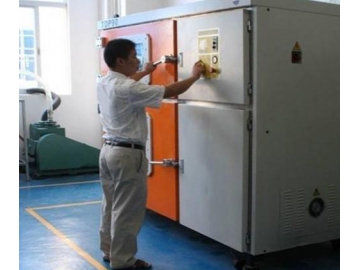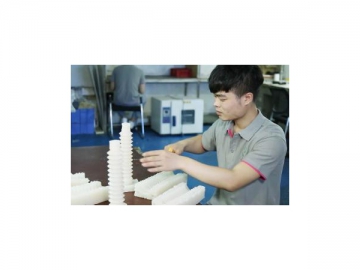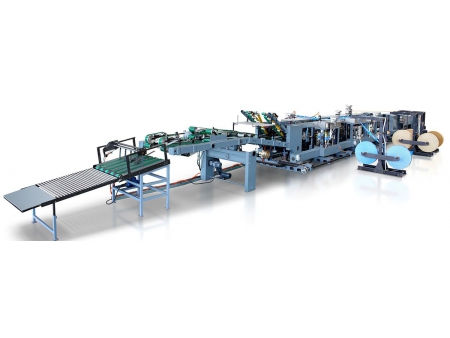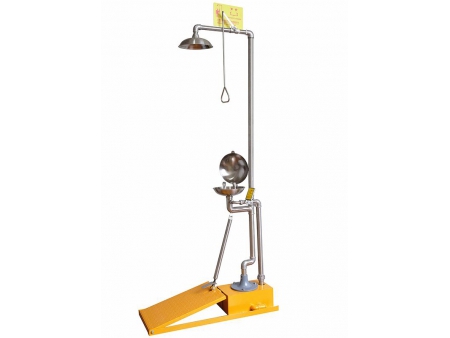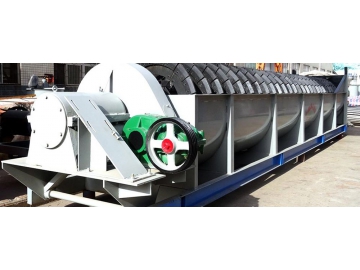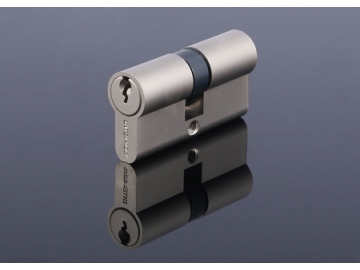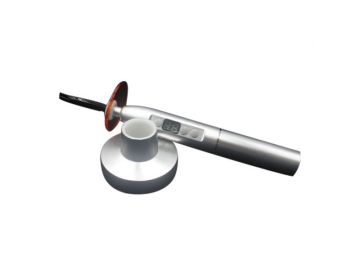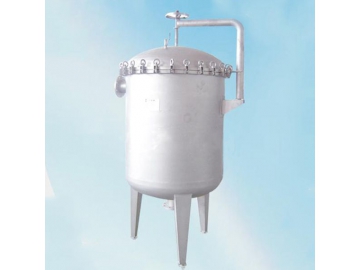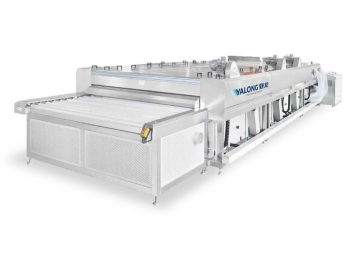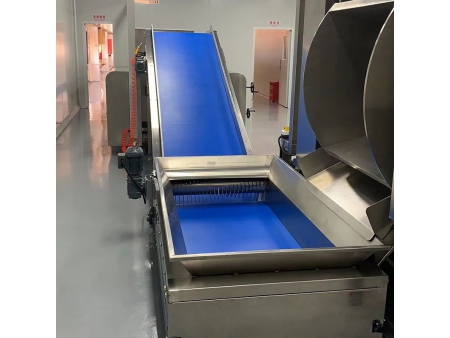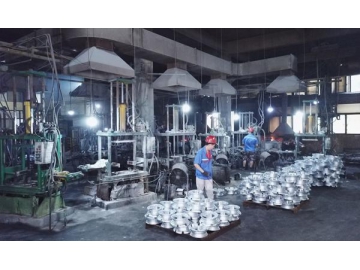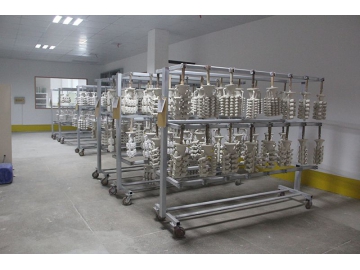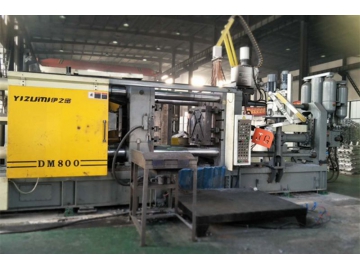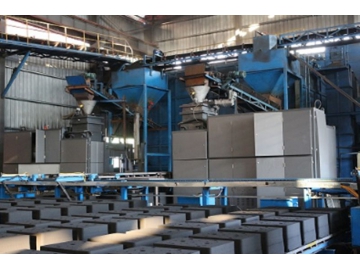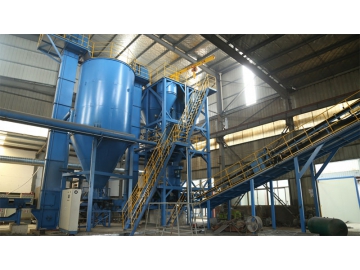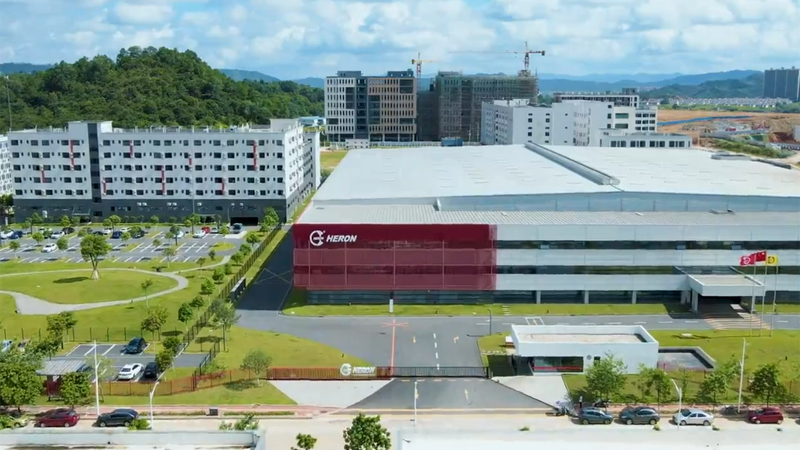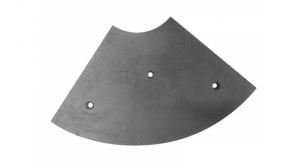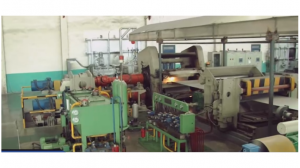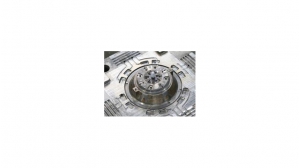About vacuum casting
Organic silicone resin was developed in 1943, but it was not until the 1960s that Germany developed a vacuum casting using silicone molds. At the time, this was an unknown technology in Europe, until it was sold to Japanese companies in the 1970s, who used it primarily within the automotive industry. Since then, the technology has been reintroduced in Europe, and is used in nearly all manufacturing R&D departments.
Thermosetting plastics were developed in the 1980s and used in vacuum casting. This plastic perfectly simulates the appearance and performance of the materials used in mass production, thereby achieving a breakthrough in the reusability of the silicone mold.
First, create the model through the use of CNC machining or 3D printing, both of which are used in the production of silicone molds. Once the production of silicone mold is completed, perform the injection molding via the vacuum casting machine and wait for the mold to cure. After it is fully solidified, it is safe to be removed from the mold, and the silicone mold can then be reused.
The core value of this technology is the mold's reusability, as well as its ability to develop a prototype identical to the original model. As such, vacuum casting has become an ideal choice to manufacture samples or small batch production. Due to the elasticity of silicone model, this method is suitable to create parts that are more complicated. Another added benefit is that a silicone mold is less expensive to make and use than a mold made from steel.
The vacuum replication process allows for the creation of multiple plastic parts using the organic silicone mold. First, create the main part from the 3D file of the prototype that is to be printed via stereolithography or CNC machining. The mold is then created from the main part.
Once the mold design is completed, materials will be injected and dried in the oven. Remove the cured part from the mold. The process can be repeated multiple times throughout the lifespan of the mold, though the mold's lifespan is approximately 40 days.
A new mold has to be redesigned later, and the part complexity will affect the number of parts to be manufactured from the mold via vacuum casting.
Vacuum casting leads to significant economies of scale. We suggest the quantity of products used with this prototyping technology to be more than 10 units in order to recoup the initial investment. In fact, vacuum casting is generally more cost effective than CNC machining.
The tool consists of a main component and a mold. Generally, economical value is maximized with the production of 100 to 200 prototypes. We suggest the use of aluminum or steel in designing the mold for injection molding.
Duration of the machine being occupied.
Material costs.
Time spent by the operators on the machine or time taken to complete the part (polishing, spray painting and so on)
In addition, vacuum casting is 10 units faster than CNC machining from the aspect of manufacturing speed.
If you are looking for vacuum casting service, kindly refer here for more info.
